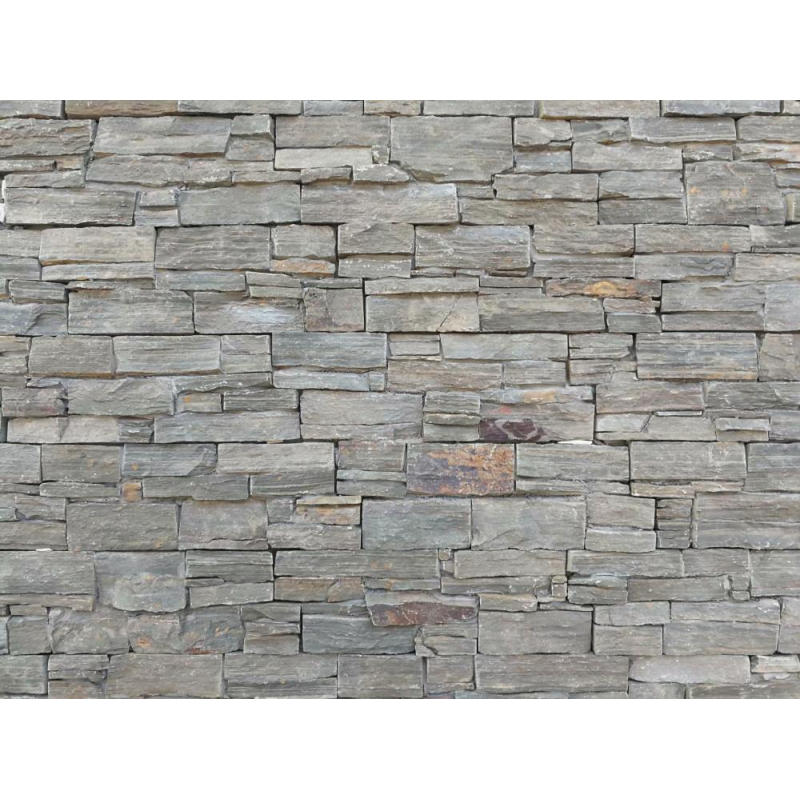
Natursten är ett av de mest använda materialen som används i hem och trädgårdar. Men har du någonsin slutat för att undra var just dina stenplattor, tegelstenar eller golv har kommit ifrån?

Natursten skapades för tusentals år sedan när jorden bara var en boll av mineralgaser. När dessa gaser började svalna, komprimerade de och stelnade för att bilda den värld vi känner idag. Det var under denna process som natursten bildades – vilken typ av sten som skapas beror på vilken typ av mineraler som kombinerades vid den tiden. Detta var en långsam process som inträffade under miljontals år. När jorden började lägga sig pressades många av dessa stensömmar gradvis upp till ytan av värme och tryck, vilket skapade de stora formationer vi ser idag.
Sten kan komma från var som helst i världen, och typen av sten bestäms av dess ursprung. Det finns stenbrott i Amerika, Mexiko, Kanada, Italien, Turkiet, Australien och Brasilien, liksom många andra länder runt om i världen. Vissa länder har flera naturstensbrott, medan andra bara har ett fåtal. Låt oss titta närmare på var vissa stenar kommer från och hur de bildades.
Marmor är resultatet av kalksten som har förändrats genom värme och tryck. Det är en mångsidig sten som kan användas på praktiskt taget allt – statyer, trappor, väggar, badrum, bänkskivor och mer. Vanligtvis sett i vitt, är marmor också vanligt i svarta och gråa nyanser och har bra väderuthållighet.
Kvartsit härstammar från sandsten som har förändrats genom värme och kompression. Stenen kommer huvudsakligen i vitt, men kan också hittas med bruna, grå eller grönaktiga nyanser. Det är en av de hårdaste naturstenstyperna, vilket gör den till ett utmärkt val för att bygga fasader, bänkskivor och andra strukturer som kräver tunga stenar.
Granit var ursprungligen en magmatisk sten som hade exponerats för magma (lava) och förändrats genom exponering för olika mineraler. Stenen finns vanligen i länder som har sett hög vulkanisk aktivitet vid något tillfälle, och finns i en stor mängd olika färger från svart, brunt, rött, vitt och nästan alla färger däremellan. Granit är ett utmärkt alternativ för kök och badrum på grund av dess antibakteriella egenskaper.
Kalksten är resultatet av sammanpressningen av koraller, snäckskal och annat havsliv. Det finns två typer av kalksten, en hårdare typ som är full av kalcium och en mjukare typ med mer magnesium. Hård kalksten används ofta i byggbranschen, eller mals upp och används i murbruk på grund av dess vattentäta kvalitet.
Blåsten kallas ibland för basalt, och är en av de vanligaste naturstenarna runt om i världen. Blåsten bildas genom förändringen av lava och är på grund av detta en av de stenar som ligger närmast jordens yta. Basalt är vanligtvis mörkare i färgen och används som hustak och golvplattor på grund av sin hårda struktur.
Skiffer skapades när sediment av skiffer och lersten förändrades genom värme och tryck. Finns i färger från svart, lila, blått, grönt och grått, skiffer har blivit ett populärt val för takbeläggning eftersom det kan skäras tunt och tåla kalla temperaturer med minimala skador. Skiffer används också ofta som golvplattor på grund av dess varaktiga karaktär.
Travertin skapas när översvämningsvatten sköljer igenom kalksten och lämnar mineralavlagringar överallt. När det torkar ut stelnar de extra mineralerna för att gradvis skapa ett mycket tätare material som kallas travertin. Denna sten är bra som ersättning för marmor eller granit, eftersom den är mycket lättare och lättare att arbeta med, men ändå hållbar. Av denna anledning används travertin ofta på golv eller väggar, och beräknas hålla runt femtio år om det underhålls regelbundet.